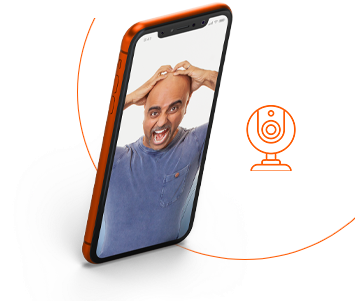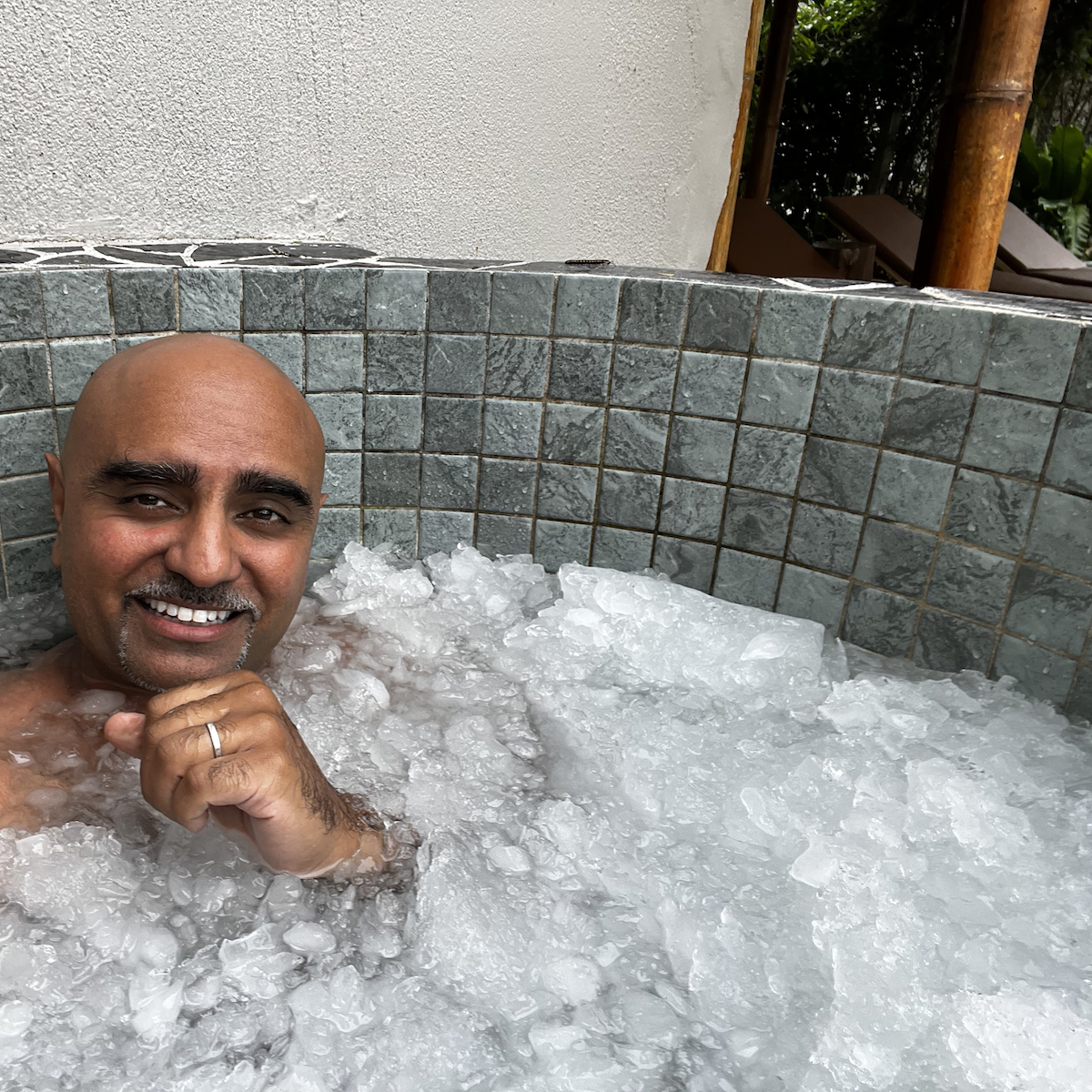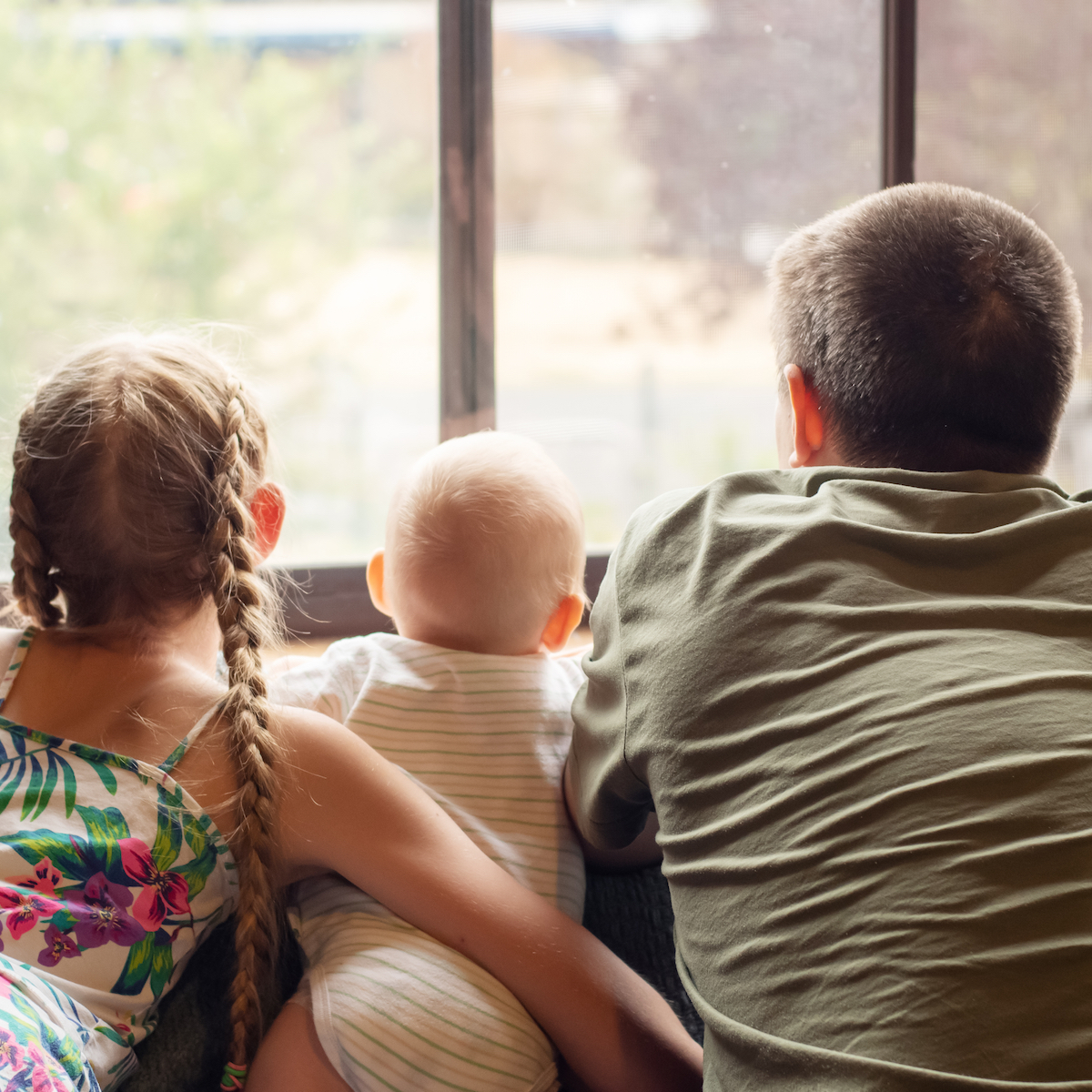At the time of writing, the COVID crisis has caused so much misery and upheaval that any article exploring upsides is in danger of reading like an exercise in indifference.
The community spirit shown during the early days of lockdown; the outpouring of goodwill towards NHS and key workers – all of these demonstrate there are small silver linings if only we know where to look.
The COVID crisis has changed everything – including the way we work. Might some aspects of this new paradigm represent an improvement over the old?
In this article, The Fresh team examines how COVID has transformed workflows and takes a tentative look to the future to examine whether there’s life after COVID for new ways of working.
Airborne Toxic Event
It’s hard to believe it’s been almost a year since the dreaded C-word entered the public lexicon.
Back in January, it was difficult to know how seriously to take the first murmurings about the virus, which appeared to have originated from a wet market in China’s Wuhan province.
With each passing day, the virus seemed to take up a few more column inches. By late February it was the main topic of conversation at the water cooler. By early March, some workers from neighbouring offices at Fresh HQ’s Warren Bruce Court were forlornly packing PC terminals and peripherals into their hatchbacks and heading for home.
I wondered if we’d be sent home too. Were we prepared? And would we ever return?
When, in mid-March, Boris Johnson announced that anyone who could work from home now should, I was the one to break the news to Prav.
We assumed SCRUM positions, gathered around the circular office desk like knights of the round table for what was to be our last face-to-face campaign meeting in who knows how long.
The atmosphere was raw. Emotional. Prav, visibly upset, did his best to reassure the troops. He’d refinanced the family home, he said, to make sure we made through the coming months.
It was clear the stakes couldn’t have been higher.
Dentistry’s New Normal
In the days preceding that final meeting at Warren Bruce Court, a series of messages had arrived with depressing regularity: “We need to pause our ad campaigns.”
In the face of tightening guidelines on physical contact, dentists were cancelling non-essential services.
The addition of popups to client websites advising patients of indefinite closures was overtaking ad content as a mainstay of The Fresh’s copywriting output. New normal. Unprecedented. Unknown. The semantics could not have stood in starker contrast to the world of brighter smiles I was used to describing.
Marketers often warn clients that pausing marketing spend to save cash is like conserving oxygen by stopping breathing. But this was different. One by one, the campaigns ground to a halt and the popup requests kept on…well…popping up.
For a brief moment, it looked like the world of dental marketing was wobblier than a decayed central incisor. How would we plug the gap? Would we all just go home and start again once this had all blown over?
No. Dentists had other ideas.
Cooking on Gas
Lockdown coincided with the launch of a high-profile website – one of our best and most eye-catching yet. Its launch on social media prompted a flurry of enquiries as savvy dentists began using the downtime to assess and update their digital assets.
Lockdown also prompted a small but significant number of enquiries from dentists keen to develop their personal brands with smaller intimate digital offerings, separate from their practice websites.
Another term entered the dental vocabulary: The Virtual Consultation. Since long before COVID, we’d been exploring and comparing the growing number of third-party services out there aimed at helping clinicians be better at digital. Our research was now paying off.
In the early months of lockdown, Prav published an article about his own lockdown silver linings.
He spoke about the joy of having more time to be with family and more space to tackle ‘backburner’ work – those never-ending projects which always ended up taking a backseat to day-to-day stuff.
Dentists appeared to have reached the same conclusion. Many were now transferring long-simmering backburner projects to the front hob.
Dentistry was not grinding to a halt. It was adapting to the new circumstances of life under lockdown. The profession was preparing for its new normal. And to survive, it was clear we’d have to do the same.
Locking it Down
With dozens of large website, marketing and software development projects on the go at any given time, keeping tabs on progress and prioritising workloads is no easy task at the best of times.
How on earth would the team cope when working remotely?
On the first day working from home, we were pleased to find our Slack subscription upgraded, giving us access to unlimited conversation histories and a few other comms bells and whistles.
Slack had long been the team’s communication tool of choice. Even back in the office, it wasn’t uncommon to hash out a message to colleagues sitting less than a metre away to avoid puncturing the atmosphere of collective laser-focus.
Slack is just one of a few tools we’ve used with zeal to compensate for the lack of in-person communication and its associated organisational headaches.
We’ve also swapped the office’s Post-it-filled whiteboard – intended to display the status of our many projects at a single glance – for a digital alternative. Despite its steep learning curve, ClickUp turned out to be a powerful project management tool. And – unlike the whiteboard – it’s one we use.
Are You Sitting Comfortably?
Being able to see a colour-coded visual representation of The Fresh’s entire workload was one of the lockdown’s earliest and most significant organisational wins. And there are plenty more.
No exploration of lockdown workflows would be complete without mentioning Zoom.
Back in the office, my meetings with clients were few and far between, and my content briefs were usually relayed by Prav or over email.
In the past, I’d write a homepage, mail it to the client for approval and wait a few days to receive a returned document peppered (or not) with comments and feedback.
But all that’s changed now that both The Fresh and its clients will more readily hit Zoom to discuss briefs in-depth. The initial call gives me a far better understanding of clients’ key messaging, their differentials, brand personality and USPs than an email chain ever could.
When the content is ready, I’ll arrange a second meeting to read through the content aloud like a bedtime story. Seeing clients become visibly excited as their brand is brought to narrative life has become a work highlight. It’s also a vindication of the unashamedly content-first approach to web design we’ve adopted at The Fresh.
Fresh Code Camp
I am not alone in seeing efficiencies and discovering new, more powerful ways of working.
As Prav’s aider and abettor, Joanne is The Fresh’s organisational whirlwind. Before lockdown, Joanne might typically have spent a good portion of her day chasing the development team on small tasks that keep projects moving forward.
Now she is doing them herself.
“Processes are definitely better and more streamlined all round. Our web projects are better managed and more efficient.” Joanne said.
“I’ve learned loads, too, like working in WordPress. That’s something I never thought I’d get my head around and yet here I am populating pages with content and images.”
“I’m not a code star yet but seeing the pages I’ve worked on getting published feels like a huge achievement. I’d say my skill set has doubled or tripled since the start of lockdown.”
Reminder: @Channel Let’s Scrum!
But it’s not strictly all new-normal. We’ve also adapted and doubled-down on some of our tried-and-tested strategies, including our daily SCRUM.
SCRUM method co-creator Jeff Sutherland sets out some bold claims for his organisational tool, which he describes as ‘the art of doing twice the work in half the time.’
It’s a rapid, daily meeting in which each team member gives a rundown of the last working day’s achievements and a list of targets for the day. It’s also a chance to talk about potential blockages so that the rest of the team can step in to help if needed.
Before lockdown, our daily SCRUM meeting was a decidedly on-off affair. We’d get one most days but on others, some team members would be too busy or otherwise engaged.
During the lockdown, the SCRUM meeting has been elevated to unmissable, ritual status. And it’s turned out to be every bit as powerful as advertised.
Fresh developer Neil Hickman said lockdown SCRUMs have brought the team closer together. “We’ve had to stay continually up-to-date,” he said. “A daily check-in is really important because you can’t just swivel your chair to ask the team questions.”
Lead developer James Dunne agrees. In his blog on the challenges of remote working, James said: “Going into lockdown, we made morning huddles a strict rule. Announced over slack at ten-thirty on the dot, everyone goes over where they’re up to, where they’re headed and whether they’re stuck.
“[We] make a point of unblocking team members. If you can rescue them from a day of headache and they learn something, you’re being productive. This works really well combined with a culture of learning.”
The daily SCRUM is such a valuable tool that developers have a second strictly-dev meeting to discuss stuff that’s too steeped in geek for the rest of us non-technical folk to follow.
And there’s an unexpected bonus to developers meeting online instead of in-person. James explains: “By having the computer in front of you, you have access to all information you might need at your fingertips.”
Work-Life Balance
In my conversations with Fresh team members in preparation for this article, I found one of the most significant boosts to productivity was something happening outside the office.
Prav has used the time to double-down on his already punishing fitness regime. And while working from home, he’s found a new workout buddy: “My son has started waking up early to join my training sessions. He really looks forward to our training sessions and it’s been an incredible bonding experience.”
Prav said it’s just one of the ways the lockdown has helped him find more time for family. And he’s not alone. Joanne added: “I’ve really enjoyed being able to take my son Arthur to school and pick him up. That’s something I was never able to do while working at the office.”
Could it be that a new, gentler and more balanced kind of life might emerge once – if ever – COVID is finally assigned to the history books?
All of the Fresh team talk of discovering an unstressed, unhurried mode of being. “The mornings aren’t anywhere near as frustrating, or as nauseating,” Neil said. “I suffer from motion sickness, which is ten times worse when driving in winter in the dark mornings. That’s something I definitely don’t miss!”
Team members unanimously found reduced travel and childcare costs were other unexpected boons. And James Dunne hasn’t missed Warren Bruce Court’s notoriously gut-busting canteen. “I eat far healthier. I can now cook food from scratch for lunch while working from home. Instead of just grabbing a burger from the café, I can cook something with higher nutritional value,” he said.
There are loads of studies showing how a healthy work-life balance leads to better performance and increased productivity in the office. Some of these unexpected benefits of lockdown have done more for team performance than any colour-coded project management software ever could.
So what’s the verdict? Will remote have a place in The Fresh’s day-to-day workflow once the COVID dust finally settles?
“Now that I’ve tried it, I don’t think I could ever go back,” James said.
Joanne added: “Now that I’ve found a structure, I’ve been far more productive than I ever was in the office. I work fewer hours, but I feel like I get much more done.”
“It’s hard to think of many negatives, although I do miss being at the office and getting out of the house. My ideal future is a hybrid working environment with some days spent in the office and some at home.”







Your thoughts.